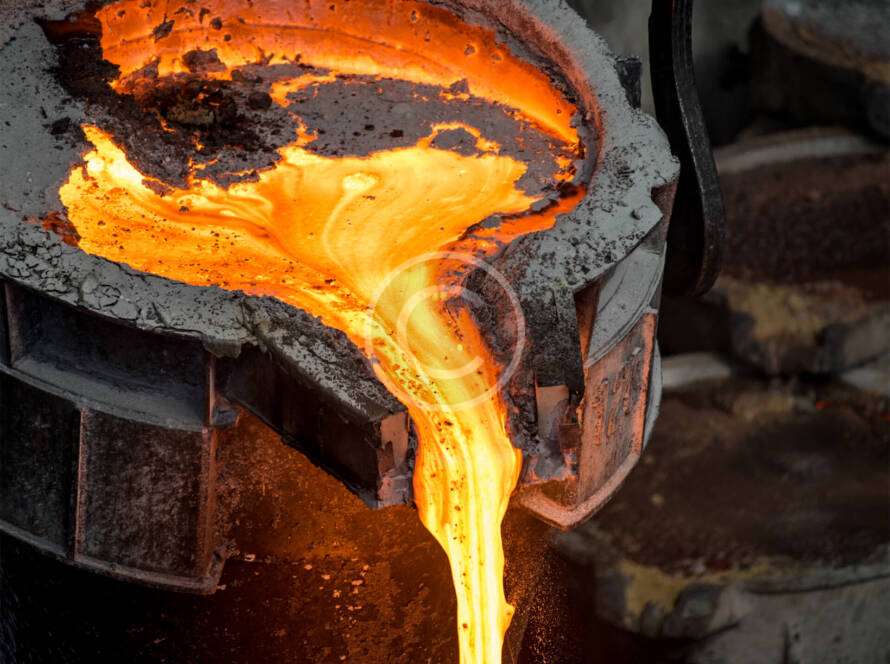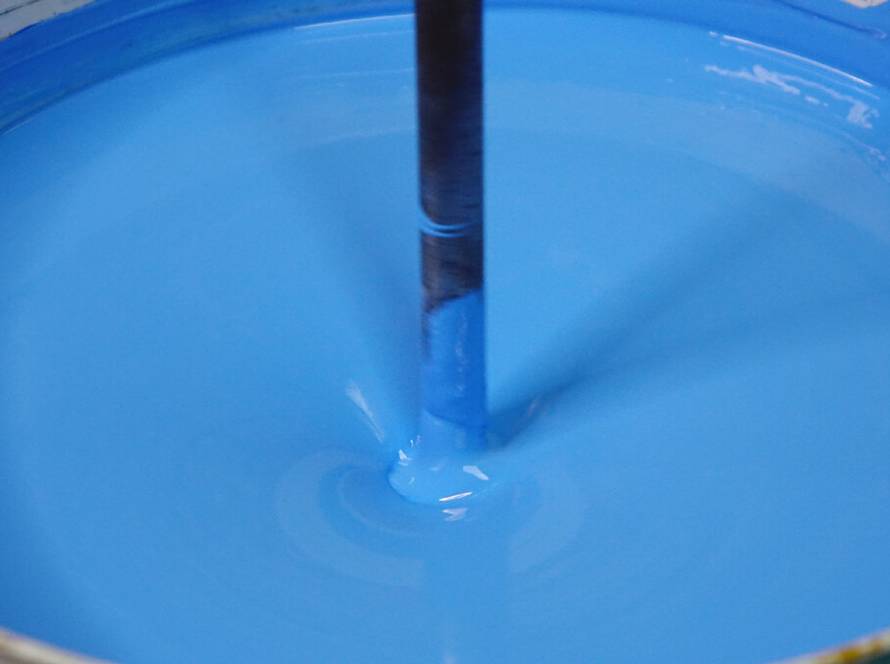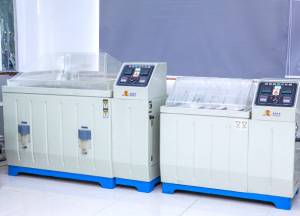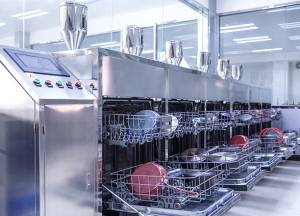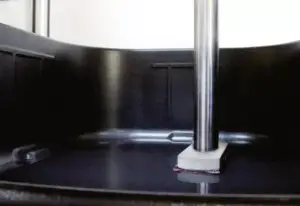Manufacturers across industries stake their reputations on delivering high quality, durable products and that requires the right industrial coatings to protect them.
Fortunately, there’s never been more coating options to consider, including formulations that not only elevate protective performance and create on-trend looks, but also offer impressive sustainability benefits.
The advantages of waterborne coatings
Manufacturers are adopting waterborne Coatings with greater frequency, primarily due to the fact that they are formulated without solvents that emit volatile organic compounds (VOCs) during the drying process.
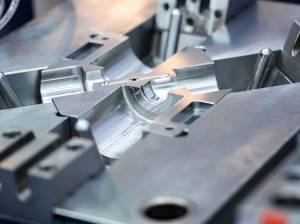
Solvent-borne liquid coatings have been widely used since the Industrial Revolution in the 19th century, but newer water-based formulations are gaining momentum with rising demand for solutions that offer environmental advantages.
In conventional liquid coatings, chemical solvents are used to disperse key ingredients like resins, pigments and additives. In waterborne systems, water is the primary resin carrier, although small amounts of additives and solvents can be used.
While they require more consideration for temperature and humidity control, waterborne coatings formulated without solvents reduce flammability risks, make compliance with VOC regulations easier and help manufacturers shrink their carbon footprints. Another advantage is that cleanup does not require the use of harsh chemical agents.
Like their solvent-borne counterparts, waterborne liquid coatings can be used on a variety of substrates like metal, wood and plastic and come in a wide range of colors including metallic and mica pigments.
A few notable appeals of liquid coatings, both waterborne and solvent-borne, are their impressive range of gloss levels, starting with low sheen matte looks to highly reflective, mirror-like finishes and their flexibility even after curing. The latter helps liquid coatings withstand bending, stretching and roll forming without cracking.
While there was a performance gap in early generations of waterborne coatings, newer, more advanced resin systems have made them comparable to solvent-based systems in terms of corrosion protection, adhesion and weatherability in many applications.

TEBANG focuses on producing waterborne coatings and committed to continuous innovation in coatings across all technology platforms, developing the next generation of solutions that use less solvent, less energy, and help end customers meet performance requirements, aesthetic standards, and environmental goals.
